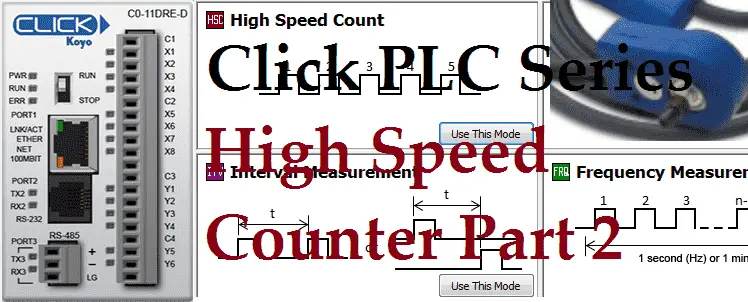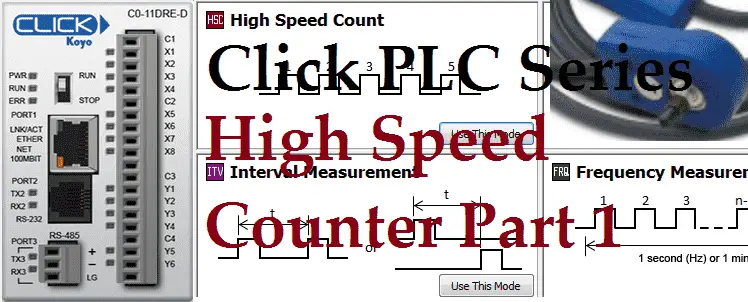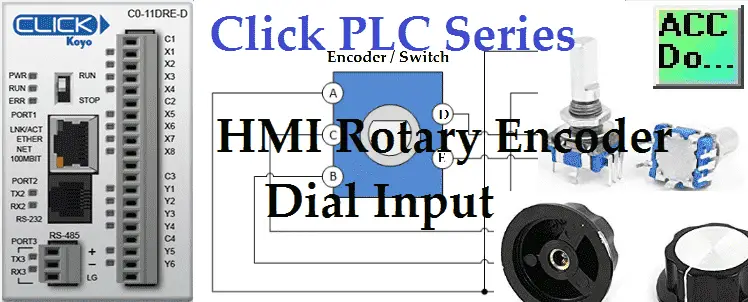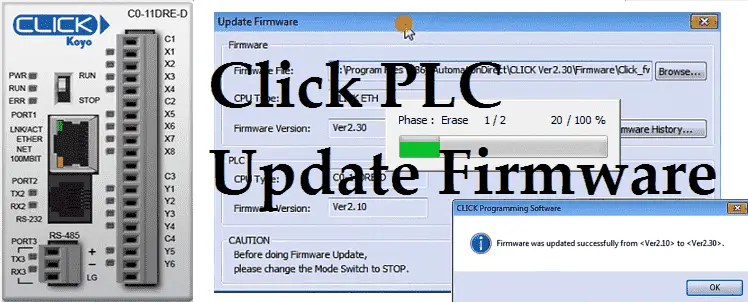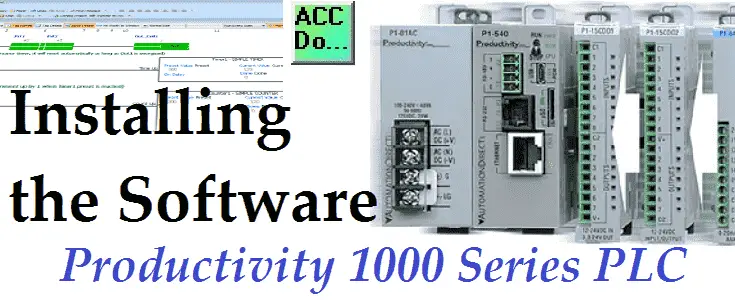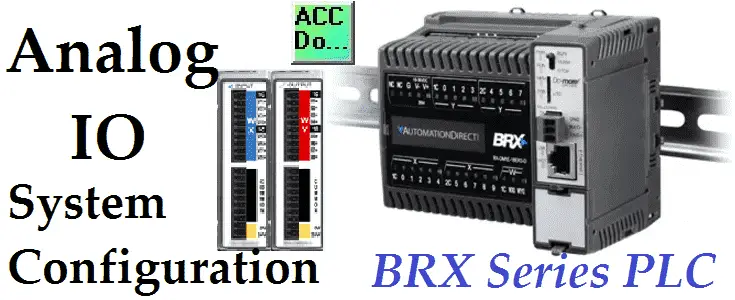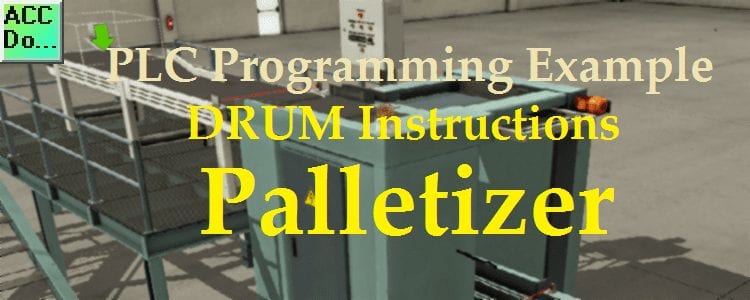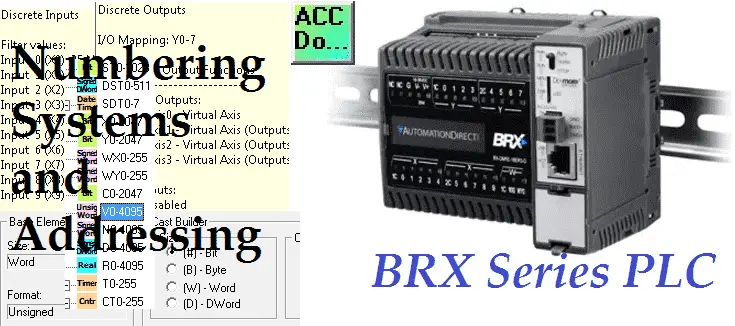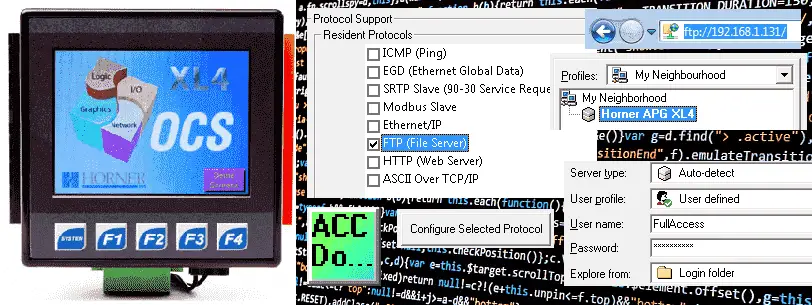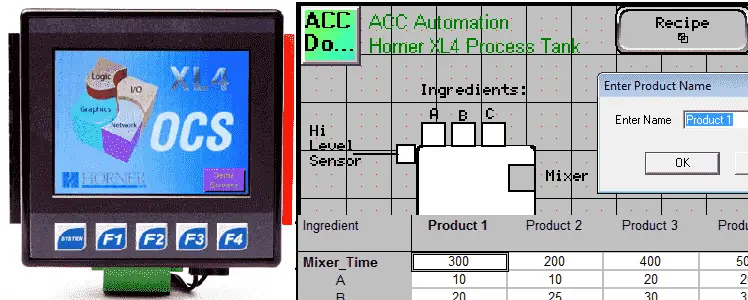Click PLC High Speed Counting – Part 2
The Ethernet Click PLC high-speed counter has seven different modes of operation. In Part 1 we discussed the High Speed Count Mode, Interval Measurement Mode, Duration Measurement Mode and Frequency Measurement Mode. This 100 kHz counter can accept Up, Down, Up/Down, Pulse/Direction, or Quadrature (with Z) inputs. We will be looking at the last three … Read more

